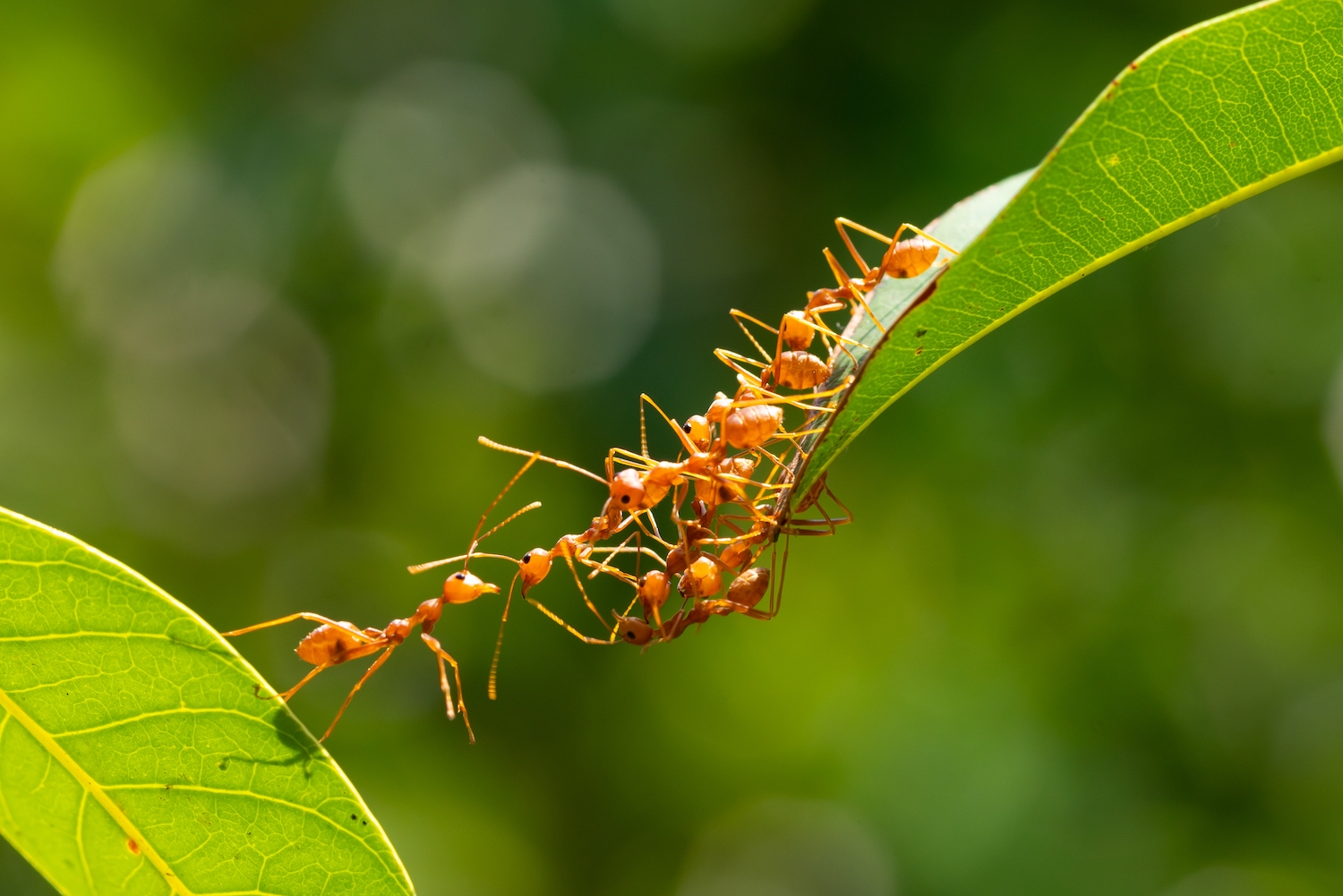Uncovering the Fascinating World of One of Nature's Tiniest Creatures
When we think of ants, we often picture them as little more than pests invading our homes and picnics. However, these tiny creatures are far more complex and fascinating than we give them credit for. In this article, we'll explore the secret lives of ants, from their intricate social structures to their unique methods of communication and beyond.
First and foremost, it's important to understand that ants are incredibly social creatures. They live in large colonies that can number in the tens of thousands or even millions, and each individual ant plays a specific role in maintaining the health and productivity of the colony as a whole. At the heart of this social structure is the queen ant, whose sole purpose is to lay eggs and produce new members of the colony.
However, the queen is far from the only important member of the colony. Ants are incredibly organized and efficient workers, dividing labor among various castes and using pheromones to communicate with one another. For example, worker ants are responsible for foraging for food, caring for the queen and her young, and defending the colony from predators. Meanwhile, soldier ants have larger bodies and stronger jaws, allowing them to protect the colony from larger threats.
One of the most interesting aspects of ant behavior is their ability to communicate with one another using a complex system of pheromones. Pheromones are chemical signals that ants use to convey information about food sources, potential threats, and even the location of the queen. By laying down trails of pheromones, ants can coordinate their efforts and work together to accomplish tasks that would be impossible for any individual ant alone.
Ants are also incredibly adaptable creatures, capable of thriving in a wide range of environments. Some species live in underground nests, while others build elaborate above-ground structures. Still others are nomadic, constantly on the move in search of food and resources. Despite their small size, ants have managed to colonize nearly every corner of the globe, from the depths of the rainforest to the arid deserts of the American Southwest.
Perhaps most fascinating of all is the way that ants have evolved to interact with other species in their environment. For example, some ants are known to cultivate and protect aphids, tiny insects that feed on plant sap. In exchange for this protection, the aphids produce a sugary liquid that the ants use as a food source. Similarly, some species of ants have developed symbiotic relationships with certain types of fungi, using them as a food source and even building elaborate gardens to cultivate them.
In conclusion, ants may be small, but they are certainly not insignificant. From their complex social structures to their unique methods of communication and symbiotic relationships with other species, ants are a testament to the incredible diversity and adaptability of the natural world. By taking a closer look at these fascinating creatures, we can gain a deeper appreciation for the complex web of life that surrounds us every day.
Labels: Animals, envirinment, Interesting


0 Comments:
Post a Comment
Subscribe to Post Comments [Atom]
<< Home